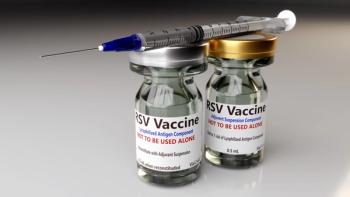
Report Assesses Social Media Engagement by Pharmaceutical Companies
A report from IMS Institute for Healthcare Informatics finds that many pharmaceutical companies are lagging when it comes to engaging patients via social media.
A report from IMS Institute for Healthcare Informatics finds that many pharmaceutical companies are lagging when it comes to engaging patients via social media.
Although use of social media in health care continues to grow, a new report finds that approximately half of the top 50 pharmaceutical companies are not actively engaging with patients through social media and that many of the companies that do use social media platforms are not using them effectively.
The
Of the top 50 pharmaceutical companies, the report found that 23 used at least 1 social media platform to connect with patients, and just 10 used all 3 platforms. Twitter was the most-used channel (22 companies), followed by YouTube (17 companies), and Facebook (15 companies).
Johnson & Johnson received the highest overall score as well as the highest scores for each individual index. A number of mid-sized companies, including Novo Nordisk, Boehringer Ingelheim, and UCB, ranked within the top 10 companies included in the report, indicating that they are using social media just as well as or better than some of the largest pharmaceutical companies. The results also indicated that smaller companies with a narrower therapeutic focus and consumer health companies generally have higher levels of patient engagement than do larger organizations that tend to send out mass messages.
The lack of clear guidelines from regulatory agencies such as the FDA may be discouraging pharmaceutical companies from broadening their use of social media to interact with patients, the report suggests. The FDA has so far only published draft guidance on the topic and is currently collecting feedback on the recommendations. The agency plans to provide final guidelines later this year. In the absence of national guidelines, some companies have created their own.
As the FDA works on guidelines for social media use, the report shows that the agency itself has been expanding its use of social media. It operates 4 Twitter profiles and has a particularly strong Facebook presence. In fact, the FDA had a higher relationship score than all 50 pharmaceutical companies included in the report.
As health care continues to evolve, the report suggests that expanding the use of social media in patient care will become increasingly important and will require a combined effort from regulatory agencies, pharmaceutical companies, and health care professionals.
“Advancing social media to center stage in health care and the use of medicines will require clarity from regulators, a more proactive stance by pharmaceutical manufacturers to engage with patients, and utilization of available tools to ensure patients receive value from their social media interactions,” the report reads.
Newsletter
Stay informed on drug updates, treatment guidelines, and pharmacy practice trends—subscribe to Pharmacy Times for weekly clinical insights.




















































































































































































































